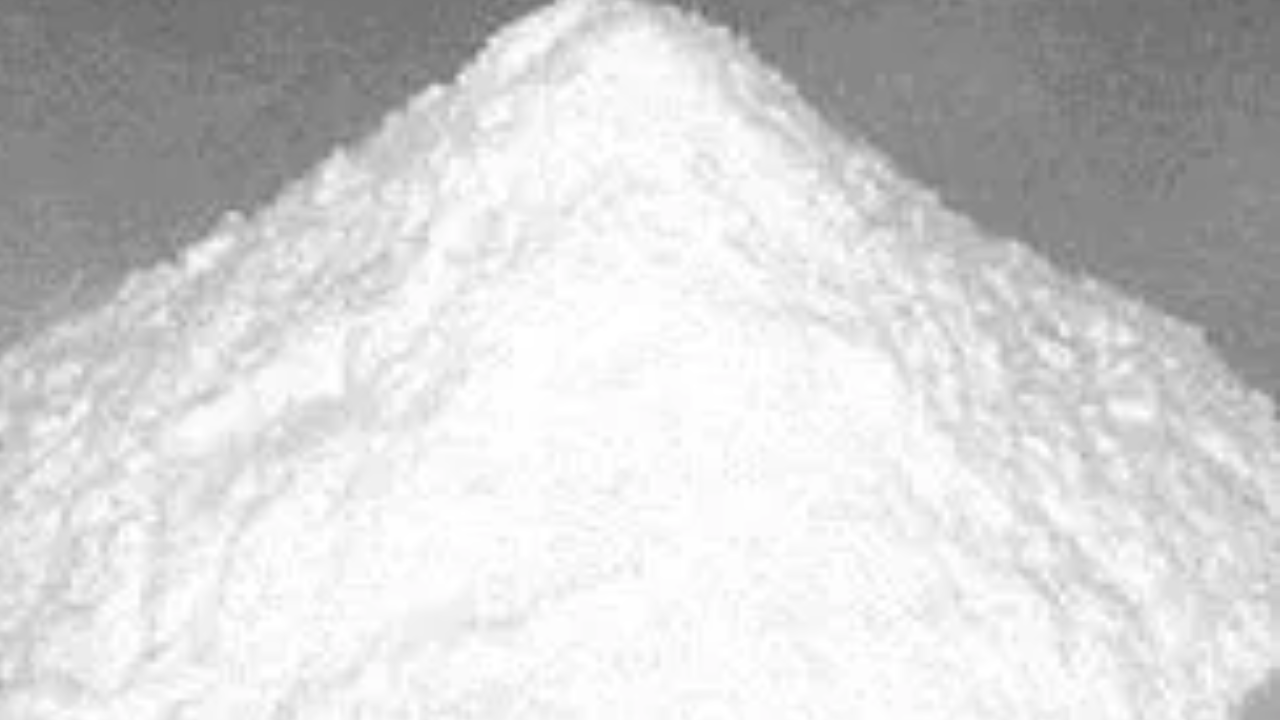GSHWORLD Glutathione Factory remains at the forefront of glutathione creation with cutting-edge gear and state-of-the-art cycle innovation. We prioritize purity and safety by sourcing natural plant extracts as our raw materials, specializing in high-quality glutathione products. With an emphasis on development and customer satisfaction, GSHWORLD Glutathione Plant keeps on driving the creation of glutathione, catering to drug, corrective, and dietary enhancement ventures around the world.
Normally, the manufacturing process starts with the choice of remarkable raw materials, frequently amino acids including cysteine, glutamic acid, and glycine, which can be critical for glutathione synthesis. These raw materials go through particular fermentation or enzymatic techniques in controlled situations to maximize yield and purity.
The significance of glutathione in various industries, consisting of pharmaceuticals, cosmetics, and dietary supplements, underscores the critical function of glutathione factories in meeting worldwide demand. Present-day glutathione factory utilize superior biotechnological methods and systems. By maintaining excessive standards of manufacturing and excellent warranty, those centers contribute significantly to the provision of this crucial antioxidant worldwide.
Technology Employed In a Glutathione Factory
This article explores the diverse technologies employed in a glutathione manufacturing facility, offering a detailed assessment of every degree of manufacturing.
Raw Material Sourcing and Preparation
The manufacturing of glutathione starts with the careful choice and training of raw materials: the amino acids glutamine, cysteine, and glycine. Those amazing amino acids are sourced through advanced chemical synthesis or microbial fermentation procedures. Rigorous first-rate control measures, which include high-performance liquid chromatography (HPLC) and mass spectrometry, ensure the purity, consistency, and contamination-unfastened status of those raw substances, forming the muse for generating effective and secure glutathione.
Fermentation Technology
Fermentation technology is crucial for large-scale glutathione manufacturing, utilizing genetically engineered strains of bacteria or yeast, including Escherichia coli or Saccharomyces cerevisiae, for high yield. In bioreactors, those microbes are cultivated under managed conditions with optimized temperature, pH, and nutrient supply. The microbes metabolize substrates like glucose to produce glutathione. Non-stop or fed-batch fermentation techniques improve production efficiency, ensuring constant and extraordinary glutathione output.
Extraction and Purification
The extraction and purification of glutathione contain numerous key steps to ensure excessive purity and exceptional. After fermentation, microbial cells are harvested via centrifugation or filtration. The cells are then lysed using mechanical or chemical techniques to release glutathione. The crude extract undergoes purification approaches, which include ion trade chromatography, ultrafiltration, and crystallization, to do away with impurities and pay attention to glutathione. Those steps ensure a pretty pure and effective final product.
Quality Assurance and Control
Exceptional warranty and control are fundamental to glutathione production. Advanced analytical strategies like excessive-overall performance liquid chromatography (HPLC) and mass spectrometry are used to ensure product purity and attention. UV-Vis spectrophotometry measures glutathione ranges, while rigorous microbiological testing tries out tests for contaminants together with bacterial endotoxins. Non-stop tracking and stringent testing at every manufacturing level make certain that the glutathione meets pharmaceutical standards, ensuring safety and efficacy for customers.
Formulation and Packaging
Formulation and packaging are essential for maintaining glutathione’s balance and usability. Stabilizing agents and antioxidants are introduced to prevent oxidation. Depending on the application, glutathione is formulated into pills, drugs, powders, or injectable solutions. Advanced packaging substances, such as blister packs and hermetic bins, guard the product from light, moisture, and air. These measures make sure that glutathione remains effective and has a long shelf life, meeting consumer desires.
Automation and Monitoring
Automation and monitoring systems enhance performance and are first-class in glutathione production. Automated controls alter parameters like temperature, pH, and nutrient stages in bioreactors, optimizing microbial boom and glutathione yield. Actual-time monitoring using sensors and virtual structures guarantees consistency and detects deviations directly. The statistics control software program tracks manufacturing metrics, batch facts, and pleasant parameters, supporting traceability and compliance.
Summary
The production of glutathione in a factory includes a complicated interplay of advanced technology and tactics. From raw material sourcing and fermentation to extraction, purification, and first-class management, every degree is meticulously designed to ensure the highest standards of purity, efficacy, and safety. With non-stop improvements in biotechnology and system automation, glutathione factories are poised to satisfy the developing demand for this vital antioxidant while adhering to sustainability and environmental best practices.
